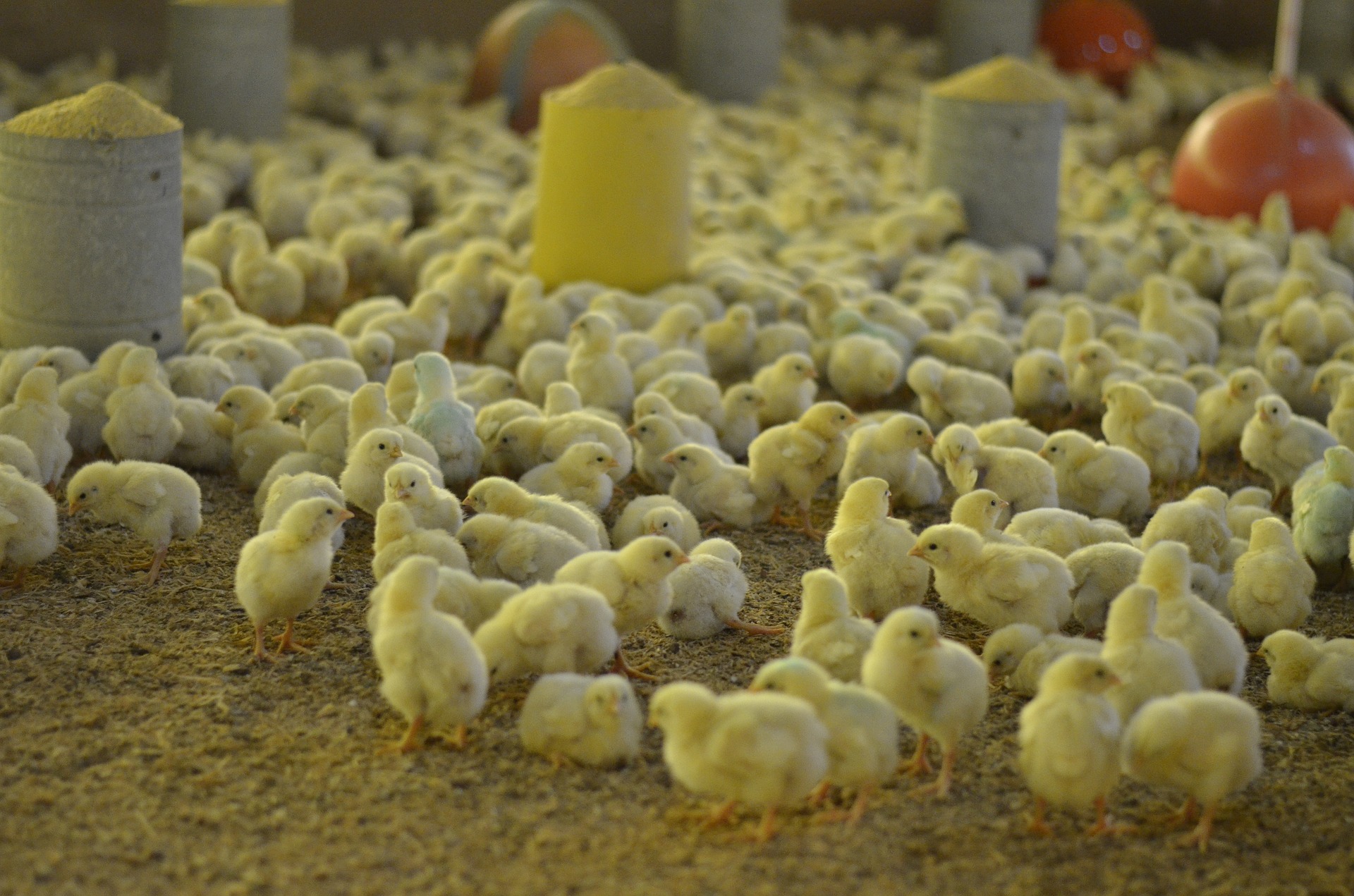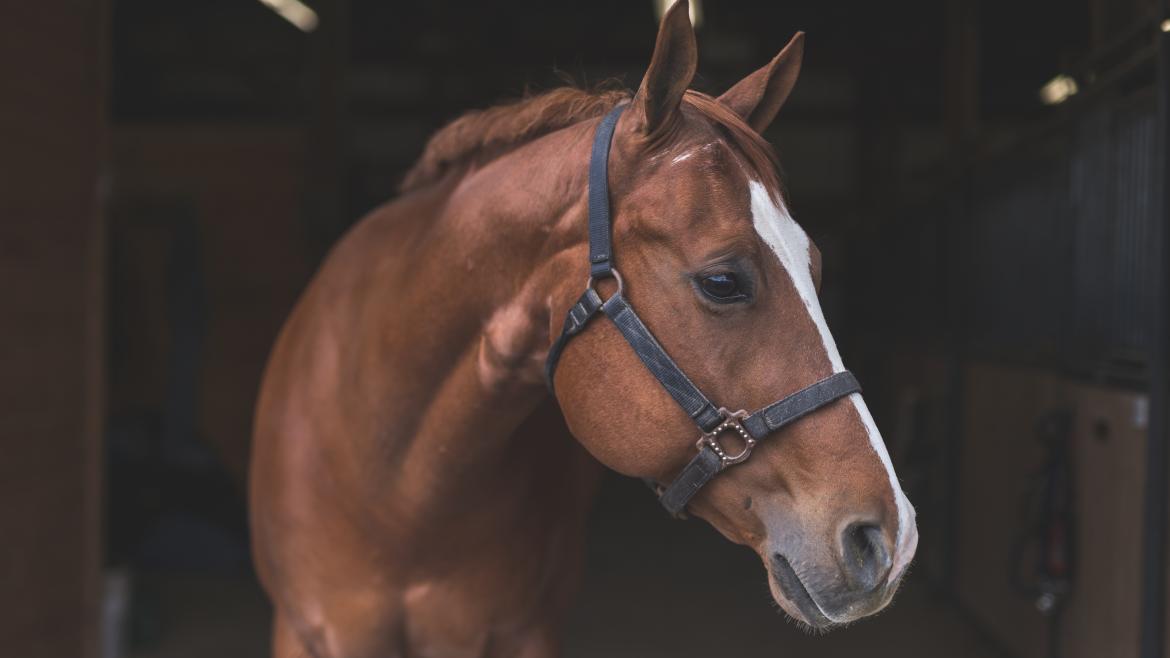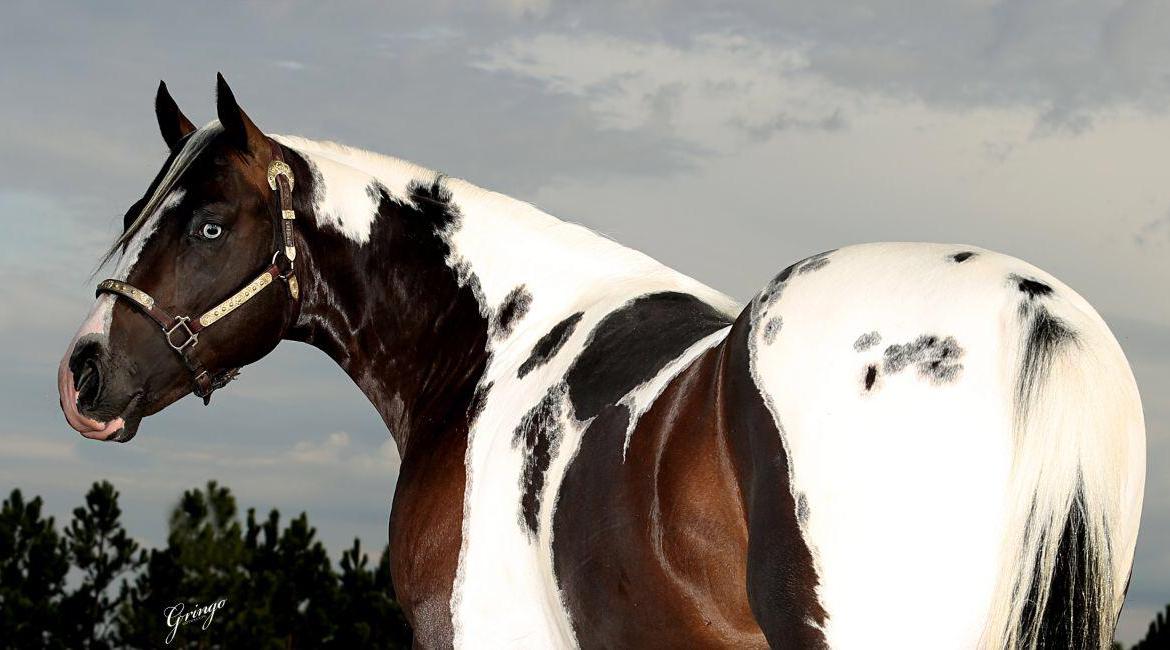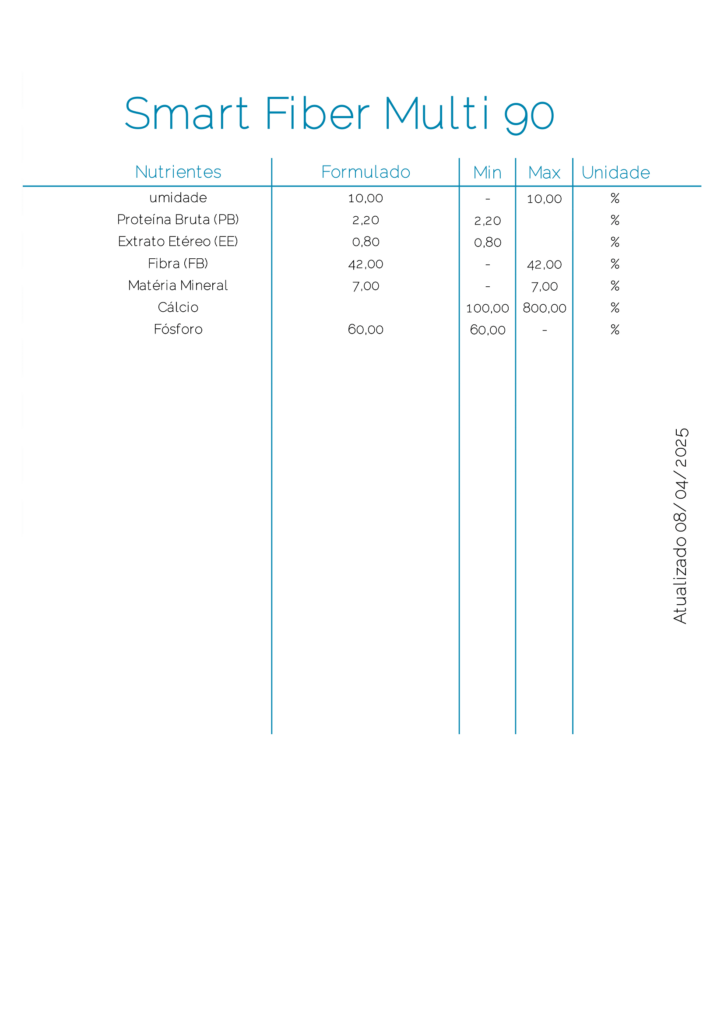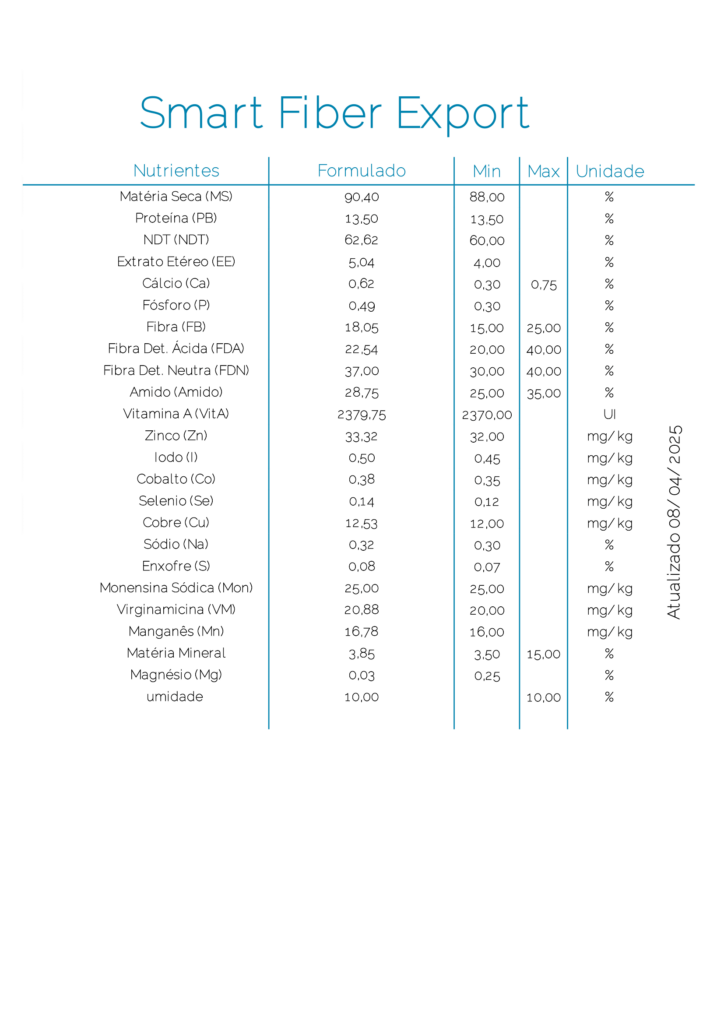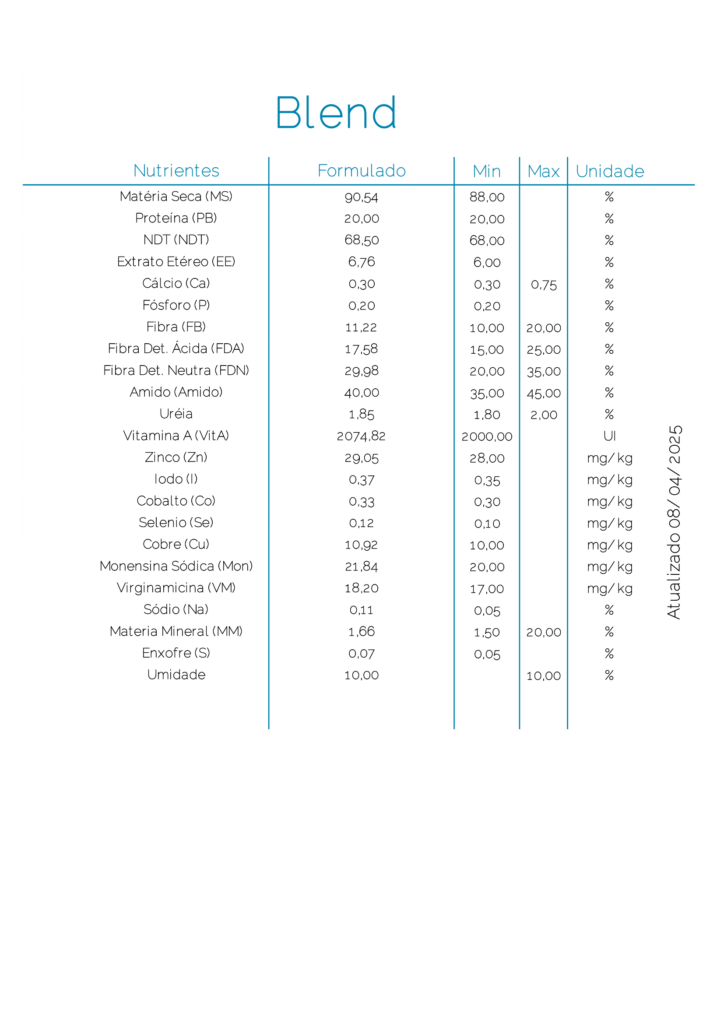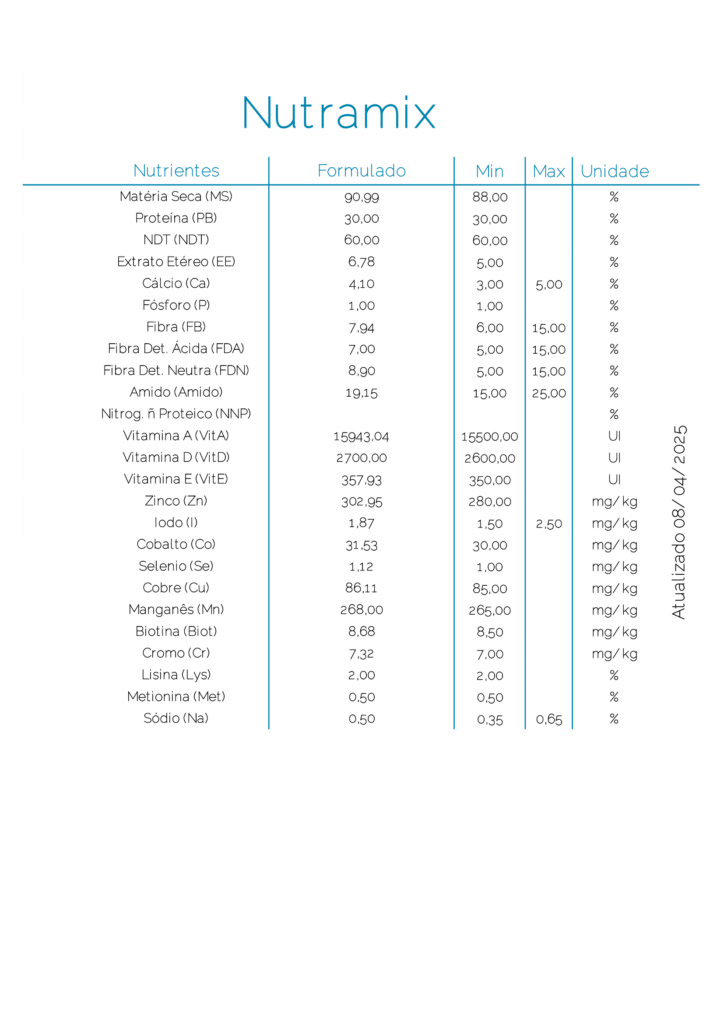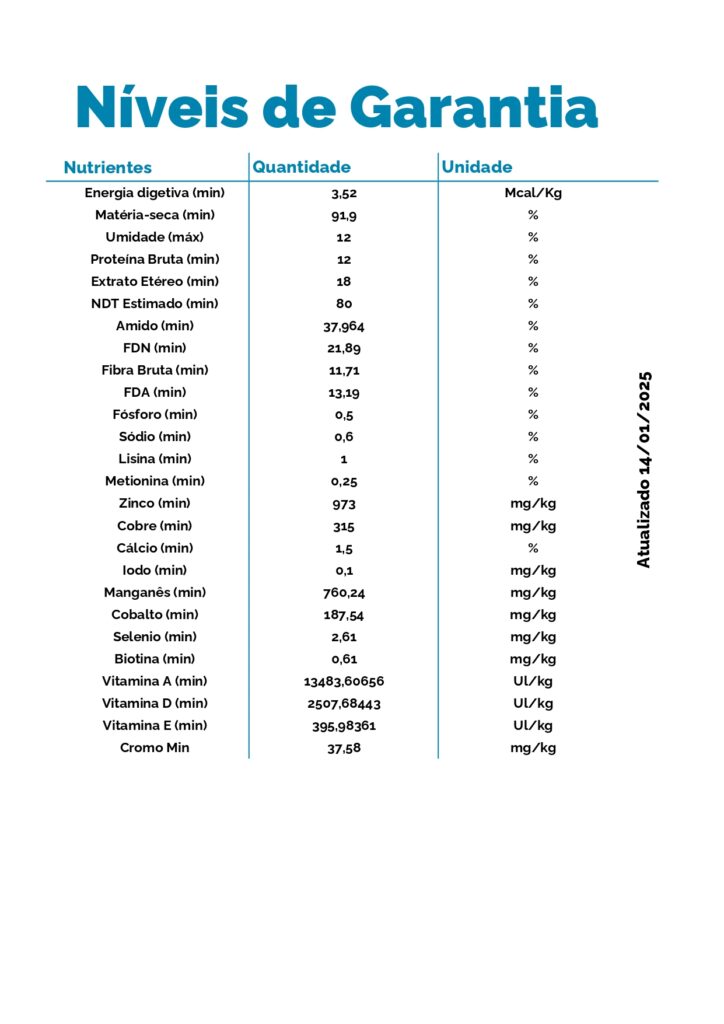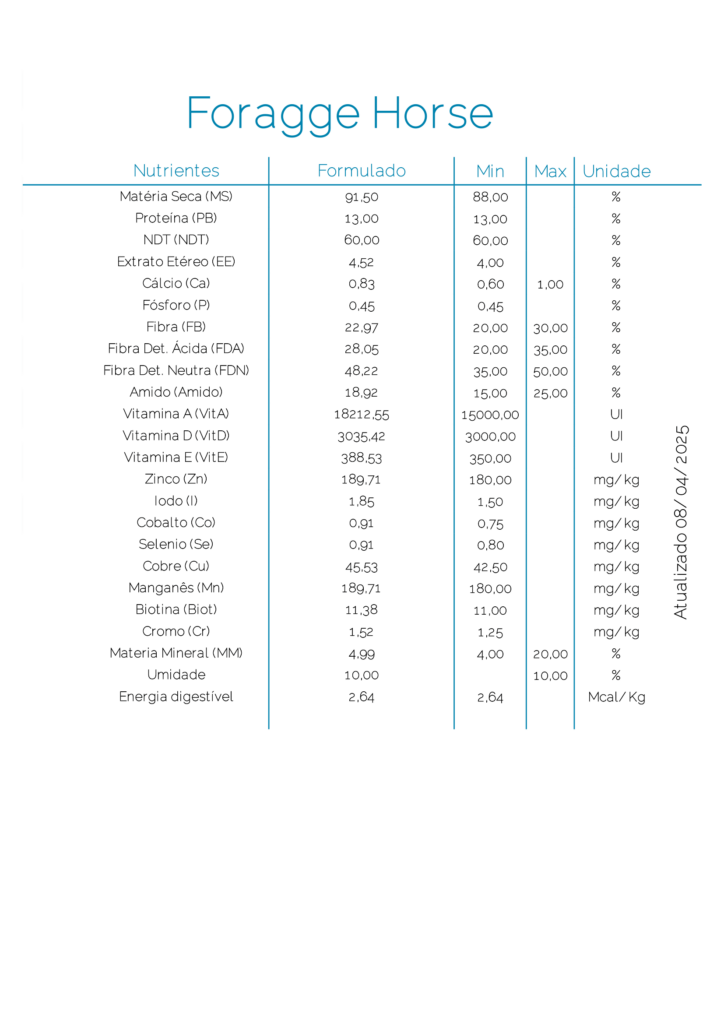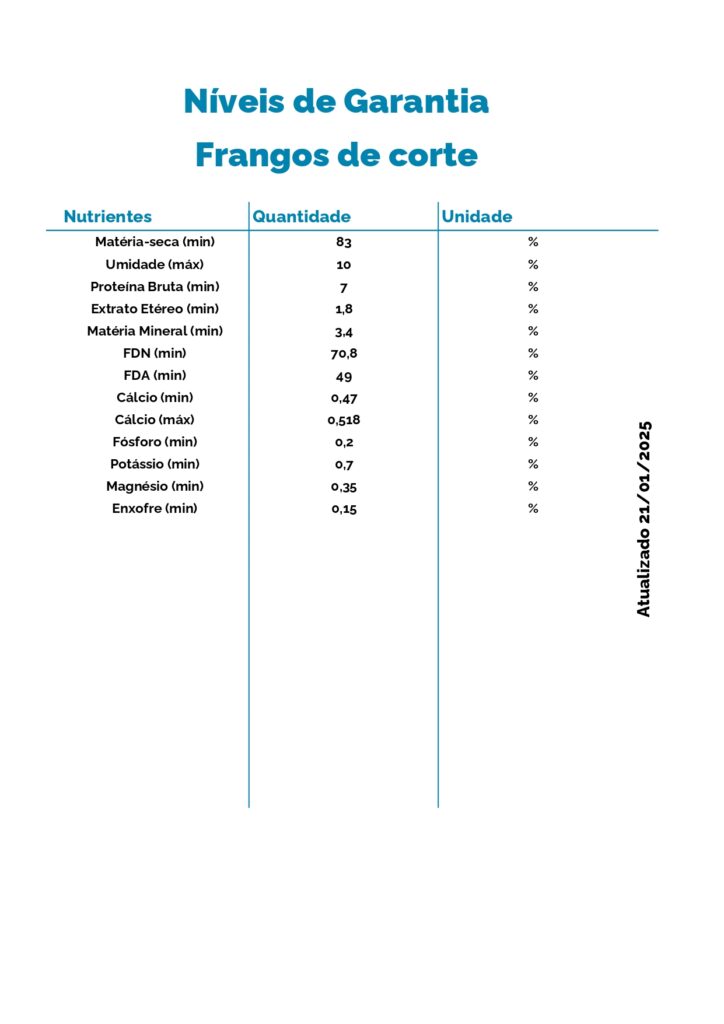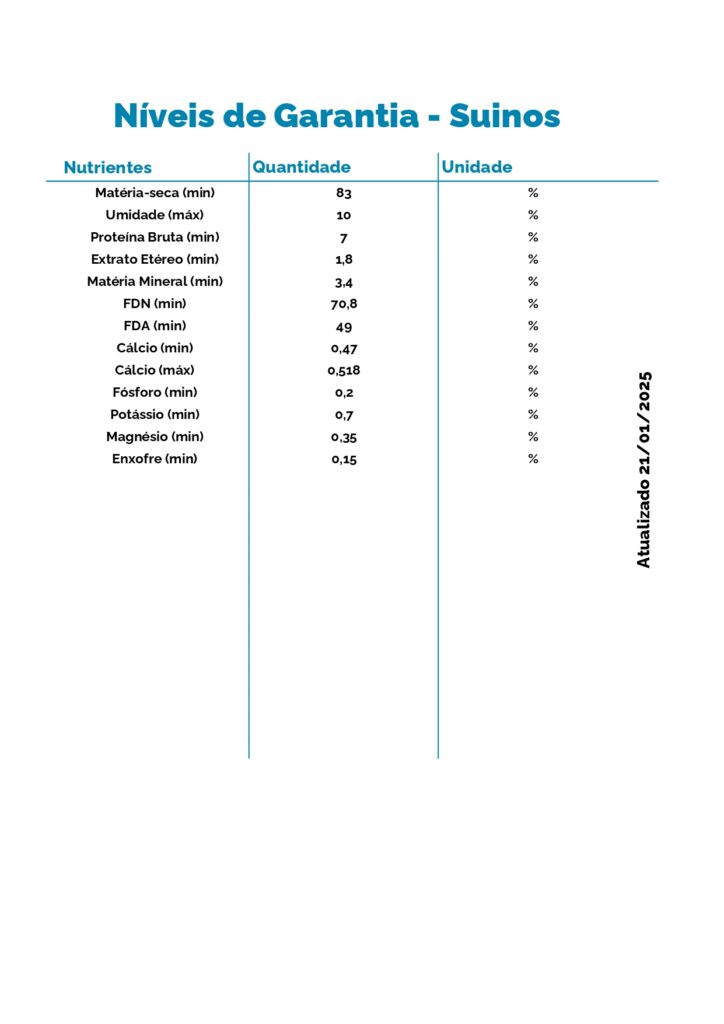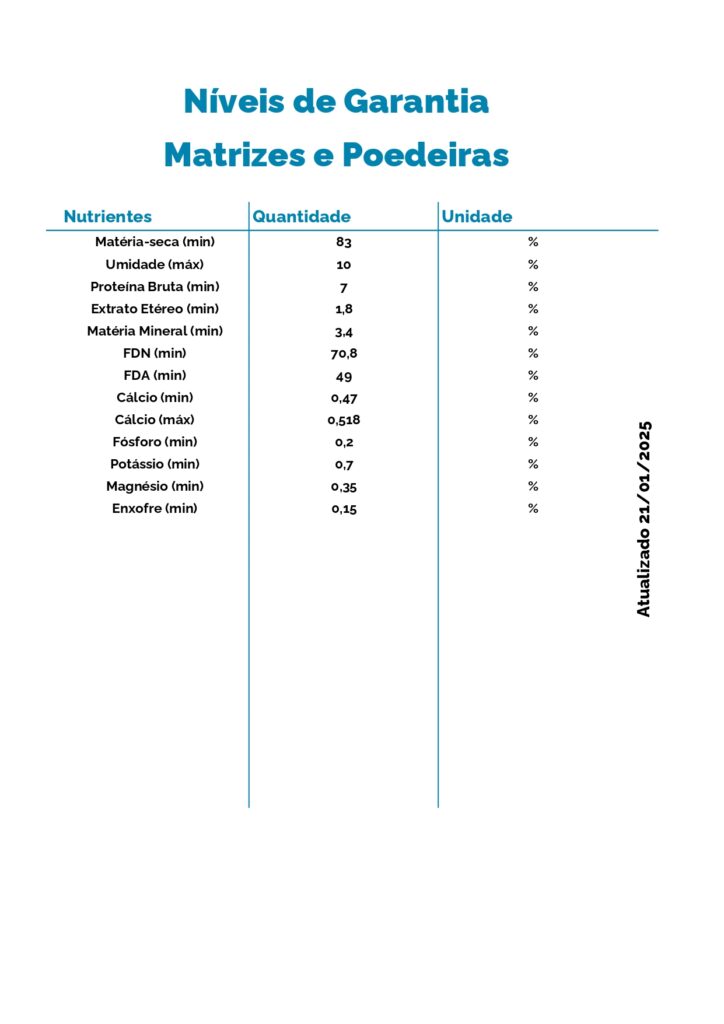Com mais de 10 anos de estudos, os pesquisadores da APTA (Agência Paulista de Tecnologia dos Agronegócios), sediada em Colina – SP, sugeriram em 2012, o conceito do Boi 777, cujo objetivo é o de maximizar o ganho de peso em todas as fases de desenvolvimento animal (cria, recria e engorda).
Neste conceito, o bezerro irá desmamar com 7@ aos oito meses de idade, outras 7@ são ganhas nos 10-12 meses seguintes e as últimas 7@ seriam obtidas em confinamento ou em semi-confinamento a pasto por um período máximo de 120 dias. Com isso, o produtor consegue abater os animais com 21@ aos 22-24 meses. Tal resultado representa uma produtividade muito acima da média nacional. Ao sistema ainda é incorporado um acabamento adequado de carcaça, quesito muito valorizado pelos frigoríficos (COSTA et al. 2002; PACHECO et al. 2005).
Saiba como alcançar esses resultados com o Programa Beef + 777.
7 @ iniciais: Obtidos na cria
Para criar as primeiras 7@ e desmamar bezerros machos com média de 210 kg aos 7-8 meses de idade (como sugerido pelo programa Boi 7-7-7) há a necessidade de investimentos em boa genética, com o sistema apresentando bom manejo reprodutivo, sanidade aos animais e com a garantia de uma nutrição adequada para as matrizes, especialmente no pré-parto, devendo estas parir um bezerro saudável e a partir disso criar condições para o desenvolvimento do bezerro (SAMPAIO et al. 2002).
O referido autor relata ainda que para conseguir um crescimento rápido e contínuo, explorando o máximo do potencial genético do animal não deve ser uma função exclusiva somente das vacas, sendo necessário o fornecimento de pastagens de boa qualidade, mineralização e suplementação alimentar tanto para matriz quanto para a cria.
Neste contexto, o sistema de creep-feeding será uma técnica utilizada com o propósito de fornecer alimento suplementar para os bezerros desde a primeira semana até o desmane, sem separá-los da mãe, elevando o ganho de peso à desmana e antecipando a formação do rúmen.
Para as fêmeas as vantagens da suplementação no creep-feeding são, basicamente duas:
- Antecipação da idade ao primeiro parto; e
- Melhoria no desempenho reprodutivo das vacas de cria.
Estes benefícios foram comprovados em estudo conduzido por Barbosa (2003). Os estudos do autor demonstraram aumento no ganho de peso de 22,5 % superior para animais mantidos até a desmama de 7 meses no sistema de creep-feeding em comparação aos animais sem creep-feeding. O mesmo foi verificado no aumento da fertilidade em 9,7% das matrizes nelores.
7@ médias: obtidas na recria
Finalizando a fase de cria tem-se início a fase de recria, que é o período mais longo do ciclo da pecuária (LEMOS, 2011). Normalmente esta fase tem duração de 24 meses em sistemas convencionais. Com o programa 777, esse tempo pode ser reduzido para 10-12 meses, tornando o ciclo mais rápido e liberando áreas para mais animais, o que irá proporcionar maior produtividade (COTTA; LAMOUNIER et al. 2007).
Contudo em situações a pasto é relativamente difícil fazer os animais apresentarem média de peso suficiente para alcançar as outras 7@ nesta fase. Logo, para simplificar o manejo, corrigir a sazonalidade das forrageiras e maximizar o desempenho dos animais é importante separar a recria em três estações distintas (inverno, verão e transição águas-seca). Em cada fase deve ser adotada uma ferramenta (suplementação) diferente. Neste caso, apresentamos um produto específico. Conheça o Nutratta Beef Pasto.
7@ finais: engorda e acabamento adequado de carcaça
Após o ganho de peso pretendido na recria, as ultimas 7 @ finais serão obtidas na fase de engorda. Para isso é fundamental que a engorda dos animais tanto a pasto quanto em confinamento, seja feita com o uso de uma boa ração, afim de, promover melhor acabamento de carcaça, boa deposição de gordura e ganho de tempo.
Para garantir que o animal consiga ganhar as últimas 7@ em um curto espaço de tempo e com deposição de gordura adequada é preciso fornecer uma alimentação específica para o ganho de peso e garantindo que a qualidade da carne seja a melhor possível.
Para que o gado engorde as 7@ finais no tempo ideal (4 meses) oferecemos os produtos ideais. Conheça os produtos Nutratta Beef + 200V e Nutratta Beef Total.
Para “fechar com chave de ouro” todo o ciclo produtivo da pecuária e obter o máximo de lucro no sistema, é fundamental que o pecuarista tenha um planejamento adequado, deixando os objetivos bastante claros e a busca incansável por melhores resultados de forma equilibrada.
Grande abraço a todos!
Rosilene F. M. Mota
Zootecnista
CRMV – GO 01622
Fontes:
COSTA, E. C.; RESTLE, J.; VAZ, F. N.; ALVES-FILHO, D. C.; BERNARDES, R. A. L. C.; KUSS, F. Características da carcaça de novilhos red angus superprecoces abatidos com diferentes pesos. Revista Brasileira de Zootecnia, Viçoca, v. 31, n.1, p. 119-128, Janeiro/Fevereiro, 2002.
COTTA, H. L.; LAMOUNIER, W. M. Análise da interdependência temporal dos preços nos mercados de cria-recria e engorda de bovinos no Brasil. In: SOCIEDADE BRASILEIRA DE ECONOMIA, ADMINISTRAÇÃO E SOCIOLOGIA RURAL, 2007, Londrina. Anais… Londrina, 2007. p. 1-20
LEMOS, B. J. M. Suplementação de rebanhos de cria e recria de bovinos de corte em pastejo. 2011. 29 f. Tese (Mestrado em Produção Animal) – Universidade Federal de Goiás, Goiânia, 2011.
OLIVEIRA, J. S.; ZANINE, A. M.; SANTOS, E. M. Fisiologia, manejo e alimentação de bezerros de corte. Arquivos de Ciências Veterinárias e Zoologia da UNIPAR, Umuarama, v.10, n.1, p. 39-48, Janeiro/Junho, 2007.
OLIVEIRA, R. L.; BARBOSA, M. A. A. F.; LADEIRA, M. M.; SILVA, M. M. P.; ZIVIANI, A. C.; BAGALDO, A. R. Nutrição e manejo de bovinos de corte na fase de cria. Revista Brasileira de Saúde e Produção Animal, v. 7, n. 1, p. 57-86, 2006.
PACHECO, P. S.; RESTLE, J.; SILVA, J. H. S.; BRONDANI, I. L.; PASCOAL, L. L.; ARBOITTE, M. Z.; FREITAS, A. K. Desempenho de novilhos jovens e superjovens de diferentes grupos genéticos terminados em confinamento. Revista Brasileira de Zootecnia, Viçoca, v. 34, n. 3, p. 963-975, Março/Junho, 2005.
PANTONI, D. P. 2006. Sistema de cria em gado de corte. Disponível em:< http://rehagro.com.br/plus/modulos/noticias/ler.php?cdnoticia=1234>. Acesso em: 16 de agosto de 2016.
SAMPAIO, A. A. M.; BRITO, R. M.; CRUZ, G. M.; ALENCAR, M. M.; BARBOSA, P. F.; BARBOSA, R. T. Utilização de NaCl no suplemento como alternativa para viabilizar o sistema de alimentação de bezerros em creep-feeding. Revista Brasileira de Saúde e Produção Animal, v. 31, n. 1, p. 164-172, 2002.

